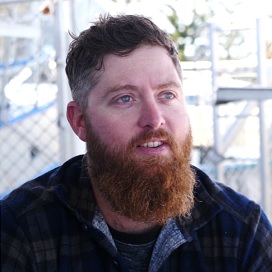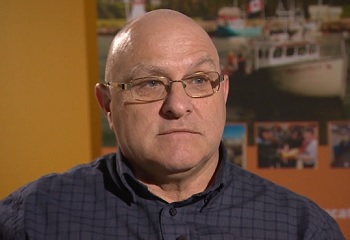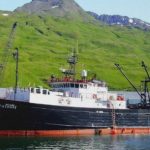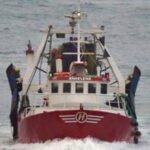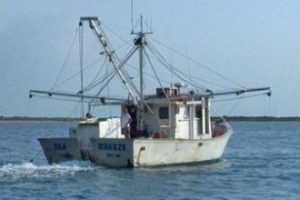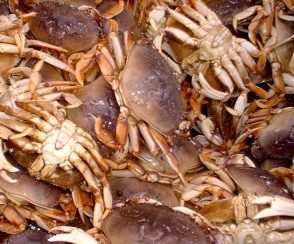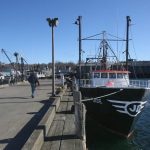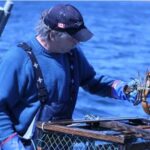Tag Archives: commercial fishing

This is Big: President Donald Trump plans to open Northeast Canyons and Seamounts Marine National Monument to commercial fishing
President Donald Trump is expected to sign a proclamation on Friday that would open up a conservation area in the Atlantic Ocean to commercial fishing, according to two sources familiar with the plan. The proclamation would allow commercial fishing to resume in the Northeast Canyons and Seamounts Marine National Monument off the coast of New England, a sanctuary created in 2016 during the last year of the Obama administration. It is also expected to cancel the planned phase out of red crab and lobster fisheries that had been ordered in the 2016 designation, according to the sources. Trump could sign the proclamation during a meeting with commercial fishermen in Maine on Friday,,, >click to read< 12:58
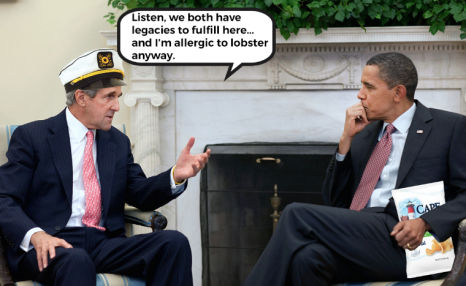 March 27, 2018, Fishermen suit against Atlantic marine monument moves ahead – The fishing groups sued to challenge the creation of the Northeast Canyons and Seamounts Marine National Monument created by President Barack Obama in 2016. It’s a 5,000-square-mile area off of New England that contains fragile deep sea corals and vulnerable species of marine life such as right whales. The fishermen’s lawsuit had been put on hold by a review of national monuments ordered by President Donald Trump’s administration in April 2017. But a coalition of environmental groups is also intervening in the case in an attempt to keep the monument area preserved. >click to read<
March 27, 2018, Fishermen suit against Atlantic marine monument moves ahead – The fishing groups sued to challenge the creation of the Northeast Canyons and Seamounts Marine National Monument created by President Barack Obama in 2016. It’s a 5,000-square-mile area off of New England that contains fragile deep sea corals and vulnerable species of marine life such as right whales. The fishermen’s lawsuit had been put on hold by a review of national monuments ordered by President Donald Trump’s administration in April 2017. But a coalition of environmental groups is also intervening in the case in an attempt to keep the monument area preserved. >click to read<

Alaska’s Coronavirus plans for fishing communities are now being put to the test
In a normal fishing season, Dan Martin would fly straight from the Pacific Northwest to the Aleutian Islands, where his pollock trawler, the Commodore, would be waiting for him to take the wheel. But this year, the veteran skipper is stepping onboard in Seattle, where he, four crew and two federal fisheries observers are taking COVID-19 tests and hoisting a quarantine flag. Then they’ll squeeze onto the vessel for a week-long voyage to Alaska’s biggest fishing port, Dutch Harbor in the Aleutian Islands. “We might have to eat in shifts,” Martin quipped. “Because I don’t know that we can fit that many people at our galley table.” >click to read< 09:41

Trump to to discuss commercial fishing while in Maine
President Donald Trump will hold a roundtable discussion with parties involved in the commercial fishing industry during his visit to Maine on Friday, according to a White House official. The president is slated to come to the Pine Tree State to visit the Puritan Medical Products facility in Guilford, which manufactures medical swabs used in coronavirus testing. The president is expected to discuss regulations and how to expand economic opportunities for the commercial fishing industry, according to the official. >click to read< 18:12
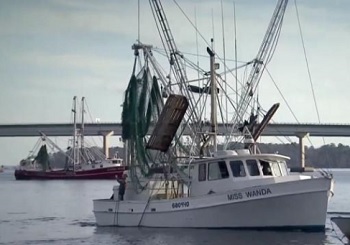
A group threatens a lawsuit over NC shrimping rules
A group pushing for changes to North Carolina’s commercial fishing rules sent formal notice last week that it plans to sue the state and one of the largest shrimping companies on the coast. The N.C. Coastal Fisheries Reform Group said that after “over a decade of unsuccessful attempts to engage in meaningful fisheries management reform dialog” with multiple governors, lawmakers and state officials it was filing a notice of claim under the Federal Clean Water Act. That starts a 60-day clock ahead of a lawsuit. The group said in a news release that, with another shrimping season approaching, time is of the essence. >click to read< 12:00

The future of fish is frozen: How the Massachusetts seafood industry is adapting to Coronavirus
As restaurants closed, local seafood distributors needed to find a way to sell their product. So they turned to their freezer. Jared Auerbach first saw the effects of the coronavirus pandemic in early January, when seafood orders from Boston’s Chinatown — and Chinatowns across the country — slowly stopped coming in. At first, the founder of Red’s Best, a Boston-based seafood distributor, wasn’t too worried. “The second week of March, we were down about 20 percent,” On March 17, restaurants in Mass. were ordered to shutdown, and Auerbach, who founded Red’s Best in 2008, saw his business fall out from under him “What’s our contingency plan?” Across the country, seafood purveyors are all asking the same question. >click to read< 13:25
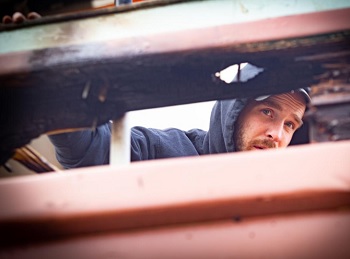
Boat fire sends fishermen scrambling
His boat catching fire wasn’t the hot start to the commercial fishing season Jerry Matzen III was hoping for, but the 34-year-old Ilwaco fisherman was glad his boat was saved from the flames to fish another day. Matzen’s boat was already billowing smoke from the port side when Ilwaco Volunteer Fire Department arrived at about 8 a.m. Friday, May 1 to the Ilwaco Boatyard. Within minutes the fire crew doused the flames and cut out a charred chunk of wood siding to prevent the fire from spreading further. The burnt section was about 3 feet long and a foot tall. Fortunately it was above the waterline and in a straight spot before the curve of the stern, making for a less complicated repair with no structural damage, Matzen said. Matzen bought the boat in early January, his first as the sole owner. “It’s where my crab money went, to starting my own business.” 6 photos, >click to read< 17:04
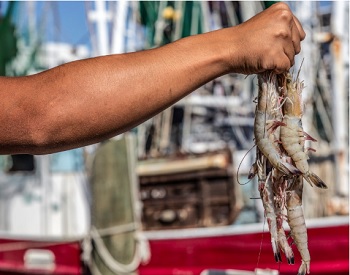
Mississippi’s Coast shrimpers cling to legacy through the industry’s choppy waters
Danny Ross, an Ocean Springs shrimper, has been on a boat for as long as he could walk. He remembers driving the family vessel as a kid, having to climb onto the dashboard to see over the steering wheel. “Two spokes to the left,” his dad would direct. He remembers, back on land, getting bad grades in art class because he would only draw one thing. “I’d draw a pretty good boat too,” he said. “Me and my brothers were always on the boat. The rigging, the pipes – that was our jungle gym. And our swimming pool? The boat would be shrimping and we’d be diving off the bow, catching ropes on the outrivers.” Ross, 55, recently tied up his boat after a disappointing season that saw fresh water kill 56 percent of Mississippi’s shrimp. The plummeting price of shrimp has made it difficult for Ross to find crew members, and instead he’s gone to work on another captain’s boat. After following five generations of fishermen into the business, he’s worried about the direction the industry is headed in. photos, >click to read<. This is a two part series, >click to read Part 1< , with photo gallery 08:09
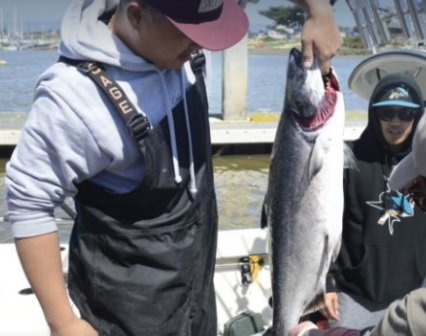
Monterey Bay fishermen looking forward to salmon season
There’s a frenzied pace to life in Monterey Bay’s fishing ports this week. Today, May 1, fishermen and women in Santa Cruz, Moss Landing and Monterey began to harvest the iconic California king salmon — sustainable, nutritious and the economic backbone of local working waterfronts during summer months. Wild king salmon and summer barbeques are as steeped in California culture as fresh, in-season Dungeness crab for Thanksgiving and Christmas dinner, While a few winters of healthy rainfall and strong management plans have been a boon to California salmon populations running to the Sacramento River, the impacts of the COVID-19 pandemic have wreaked havoc on local seafood supply chains. We fishermen and women can catch the fish, but the question is: Who will buy them? >click to read< 08:11
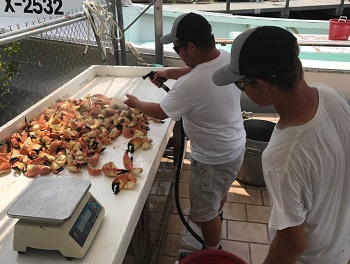
First a hurricane, then an algae bloom. Now Keys fishermen try to weather the coronavirus pandemic
This day’s haul was a good catch — hundreds of claws ranging in size from large to “colossal.” But this was among the last trips the crew of the Risky Business II will make this season to harvest the Florida delicacy. With restaurants mostly closed due to the coronavirus pandemic, Piton and most other Keys commercial anglers are calling it an early season, which is scheduled to end May 10. Piton, 54, has been in the lobster and crab business for nearly 40 years and is among the most successful operators in the Keys. He said he’ll be able to weather the pandemic, but he feels for the many other commercial anglers who won’t. video, >click to read< 10:37
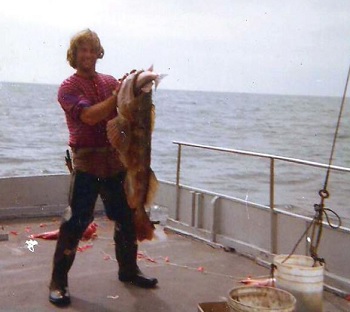
Harry Graham Goes Fishing
Harry Graham was a local surfer and fisherman. I only briefly got to know him near the end of his life. We did a page together about surfing and his friend Tom Linker, but he also gave me a bunch of photos of his commercial fishing days. Unfortunately, he passed away before I got much info on these. So I asked a few friends, a got a little info, and found some info in my notes. I think these are mostly from the early 80s. So here are some historic photos of some legendary characters doing their thing in an earlier time. By Tom Modugno >click to read< 16:02

Debut novel set in Bristol Bay delivers generations of women’s storytelling
Mia Heavener, now living in Anchorage, grew up fishing in Bristol Bay, where she absorbed stories her mother and other women told between tides and over tea. Her lovely debut novel set in a village near Dillingham, “Under Nushagak Bluff,” draws upon those stories and her own knowledge of the region, its history, its Yup’ik people, and the fishermen and cannery workers who came and went with the salmon runs. It is a compelling narrative, rich in its evocations of a time and place largely unrepresented in our literature — and a welcome addition to it. The novel begins with a voice. Someone — it’s a while before readers will figure out who it belongs to — is sitting in a skiff on a sandbar, waiting for the tide to come in. “My girl, I’m sorry,” she says. “I’ll start with that.” And she begins to talk, with a story “that could be told by the shape of the beach we just left. It is years before me. And it begins with a storm …” >click to read< 19:19
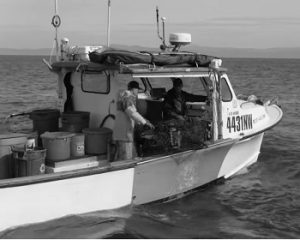
Big Wave Surfing and Commercial Fishing with Matt Becker
The talented crew over at 805 Beer have been releasing these high-quality mini-docs for a while now — spotlighting different occupations, exploring fringe cultures, and generally celebrating life. This time they’ve given us a glimpse into the lifestyle of second-generation California surfer/fisherman Matt Becker, who makes his money off commercial fishing, and feeds his soul off surfing spots like Maverick’s. It’s not a safe or soft routine, but it’s the only way Matt would want to live. Video, >click to watch< 18:44
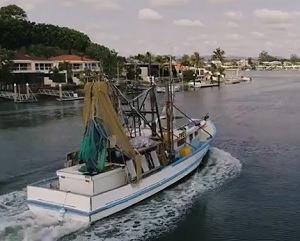
“They Go To Sea”: Local prawn fishermen highlighted in short film
A short film highlighting the life of Queensland’s hard working prawn fishermen has featured Grunske’s By The River owners and their passion for local seafood. Focusing on areas including Bundaberg and Hervey Bay to Townsville and the Gold Coast, the video titled “They Go To Sea” was posted recently by Australian Wild Prawns. Grunske’s By The River has been included in the short film with owner/skipper Paul Grunske stating the hard working fishermen and women he deals with every day was a big part of the success of his business. Video, >click to read< 09:23
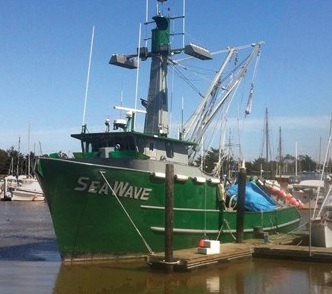
Marine Electronics: Time to work, sonar tells squid fishermen
We have a hundred times more efficiency using Wesmar sonar. Without it we wouldn’t go fishing. For sardines you have to have it. Sonar is the main thing for us. It tells us when to start work,’ said Anthony Russo, owner of two large purse seiners in the Monterey fleet. He owns two of the largest purse seiners in the fleet, 88-foot King Philip and 78-foot Sea Wave. He bought Sea Wave in 1989 and built King Philip in 1999. They are part of a 25-vessel fleet in Moss Landing, California that fish almost daily for squid, sardines, anchovy or mackerel. more, >click to read< 08:22
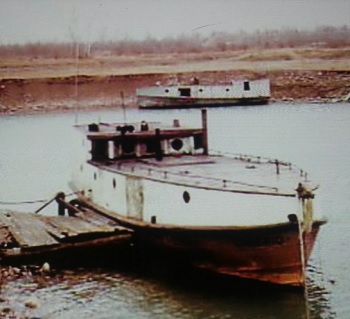
A February fishing adventure
Can you imagine spending 15 hours out on Lake Michigan on a day like today? Me neither. But many commercial fishermen here did just that in the mid-20th century, if they could maneuver through the ice floes. Tucked away in the archives of the Kenosha History Center is a letter written by Kenoshan LeRoy Nohling, dated Feb. 14, 1931. LeRoy, 24, related his experience of that week: “Nathan, my cousin, called up about midnight the night before to suggest that as long as neither of us were working, we might as well take a trip on one of the fishing boats here in the harbor. At six in the morning, we were down at the pier looking ‘em over.,, Off to the fishing grounds! >click to read< 19:32
1937 lake tragedy kills Kenoshans on the Marold II – This is the second part of a two-part series. Sunday’s first installment of this month’s Old Kenosha focused on the commercial fishing trade here in 1931 as told by a young man who joined the crew of the Marold II for a day. >click to read<
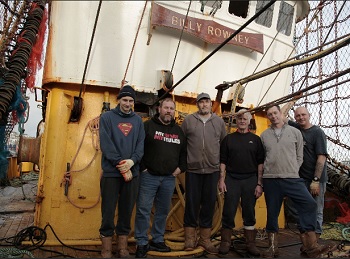
This Fishing Life – Six-part documentary gave viewers insight of the struggles facing the Cornish fishing industry
These are the faces of a new BBC Two documentary giving viewers an unprecedented look into the Cornish fishing industry. Cornwall: This Fishing Life was a six part series on BBC Two that finished earlier this week, which touched upon everything from Brexit to banning the sale of second homes. The first episode was focused on Mevagissey, one of the few remaining working fishing villages in the county, which has been tackling the issues posed by tourism. It was followed by a second part which focused on Newlyn and the community’s strong support for Brexit – with over 90% of the UK fishing industry voting to leave the European Union. This page has 38 great photos, >click to read, view< 18:50
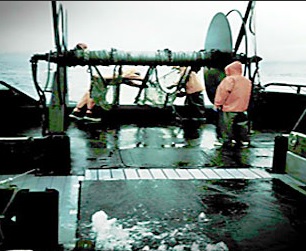
Alaska: Commercial fishing is a good investment
“This is probably not well-known,” said Sam Rabung, director of the commercial fisheries division for the Alaska Dept. of Fish and Game… Rabung pointed out that the commercial fishing industry is the largest private sector employer in Alaska, putting almost 60,000 people to work annually. “It contributes about $172 million directly in taxes, fees and self-assessments to state, local and federal governments, and contributes an annual average of about $5.6 billion in economic output to the Alaska economy,” >click to read< 20:32
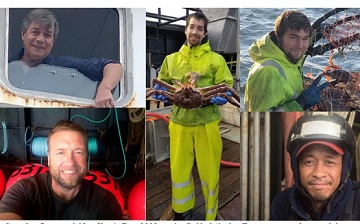
In Alaska, commercial fishing remains dangerous despite increased safety measures
Commercial fishing was once the most dangerous job in the country, (Scott Wilwert said, and during the 1970s and 1980s an increase in accidents and deaths ultimately led to the passage of the Commercial Fishing Industry Vessel Safety Act of 1988. The regulations required boats to have survival suits and life rafts and to carry out onboard safety drills, among other safety measures.,, “There was a time in the ’70s and ’80s where, I think, even the fishermen would tell you that there was a mentality, that ‘you have to go out but you don’t have to come back’ kind of thing,” Wilwert said. “That just doesn’t exist, nobody thinks that way anymore.” >click to read< 07:29
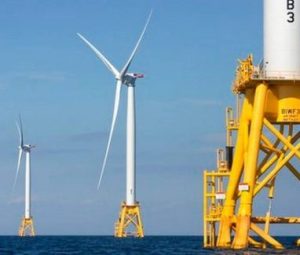
This Blows! Fishing industry raps proposed wind energy grid
“The proposed layout specifies that turbines will be spaced 1 nautical mile (nm) apart, arranged in east-west rows and north-south columns, with the rows and columns continuous across all New England lease areas.” But the claim that the newly proposed layout would satisfy the requests of the fishing industry did not entirely hold up once the developers’ plan was released publicly Tuesday morning. An organization that advocates on behalf of the scallop industry said its members were not consulted,,, >click to read< 19:41
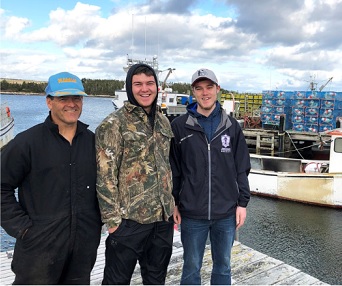
Nova Scotians work to keep the art of net mending alive
As Nova Scotia’s fishery changes, some people worry that one of the industry’s oldest traditions — net mending — will be swept out to sea. Garrett Henneberry, 19, of Sambro, N.S., has been fishing since he was seven. He first learned the fundamentals of the job through his father and uncle. Now, he fishes herring. “Being a younger generation of fishermen, I want this to last for my lifetime and when I eventually have kids, I want it to be for their lifetime,” Henneberry says. >click to read< 15:37
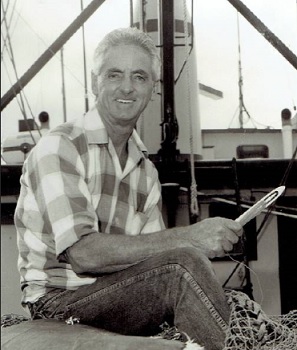
Port Lincoln prawn pioneer’s discovery recorded
As a new season dawns for the Spencer Gulf King Prawn Fishery, the story of the man who found the first commercial quantity of prawns in the Spencer Gulf. Roger ‘Doc’ Howlett’s story of the founding of the fishery has been recorded which details how he found the first commercial quantity of prawns at an area known as the ‘Gutter’ in 1967. Mr Howlett died in February last year but before his death approached prawn fishery coordinator at sea Greg Palmer with his story. Photo’s >click to read< 16:04
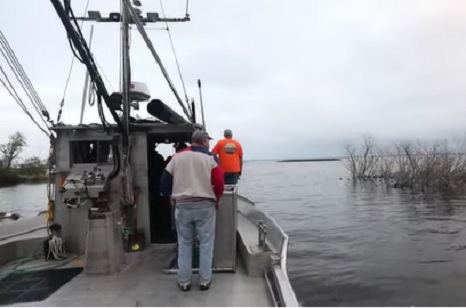
Bill to ban catching perch for profit has Saginaw Bay fishing company worried
Despite the sunny skies and the good catch, a shadow hangs over the boat. A trio of bills in the state House would, in part, stop commercial fishing of yellow perch and impose stricter regulations on commercial fishing. That worries Lakon Williams, whose family operates Bay Port Fish Co., which is based on the western shore of the Thumb, about 40 miles northeast of Bay City. “It would take away a fishery that we’ve had rights to since the 1800s, the yellow perch fishery. It’s always been a commercial fish in Saginaw Bay for us, it’s never been taken away,” she said. Video, 50 photo’s. >click to read< 15:16
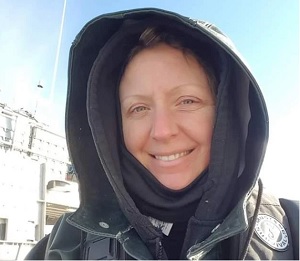
The Women Doing Canada’s Most Dangerous Job: Fishing
“The first two captains I asked for employment—one was a family friend and the other my uncle—told me no when I asked for a job,” Fleet said. “As I’d never done it before, I didn’t exactly know what the risks and dangers were.” At the time, Fleet knew of only one woman who worked on a lobster boat, out of an estimated 1,500 Grand Manan residents in the industry. The only position she found was available because few others wanted to take it. Notorious for being reckless and hard to work with, the captain had lost two of his crewmen overboard the previous spring, though he was able to retrieve them safely. When she heard Fleet would be working with him, Fleet’s mother cried. >click to read< 21:01
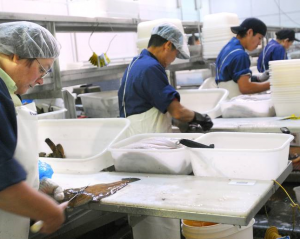
Longtime Bellingham fish processor to close portion of operation and reduce staff
A longtime seafood processor is shutting down a part of its operations, resulting in the layoff of about 40 workers. Bornstein Seafoods CEO Colin Bornstein said in an interview with The Bellingham Herald that the business is closing the groundfish processing portion of its Bellingham operations later this month. It will keep its value-added albacore tuna operations intact, which employs about 25 people. The decision to close the groundfish processing portion was because of changing regulations and commercial fishing fleet consolidations, Bornstein said. >click to read< 16:58
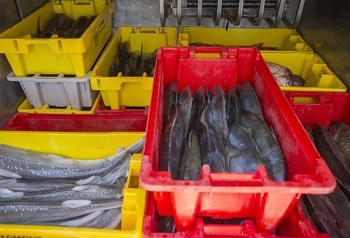
New Zealand: Lack of interest in commercial fishing jobs threatens our fresh fish and chips
One of New Zealand’s few licensed fish processors and exporters says it is in dire need of more fish and fishermen. Egmont Seafoods, based in New Plymouth, say if things don’t change there won’t be fresh seafood readily available for New Zealanders or for export overseas. It’s the start of the week and although there are fish on the shelves for customers to buy, Egmont Seafoods has no fish to process and won’t until Wednesday.,,, “There’s an opportunity to take advantage of the fish stock we’ve got on our back doorstep but it’s difficult to do that when you don’t have the people who want to get involved.” >click to read<12:55
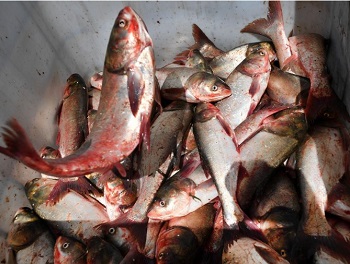
Army Corps approves $778M plan to block Asian carp advance
The head of the Army Corps of Engineers has sent Congress a $778 million plan to fortify an Illinois waterway with noisemakers, electric cables and other devices in the hope that they will prevent Asian carp from reaching the Great Lakes, where the aggressive invaders could leave other fish with too little to eat. The plan represents a compromise between proposals to erect barriers that would seal off Lake Michigan from the river and less drastic measures such as stepped-up commercial fishing.>click to read<09:14
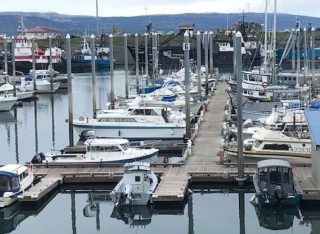
‘Get Off The Boat’ — Women In Commercial Fishing Industry Fight Sexual Harassment
When Robin McAllistar worked in the commercial fishing industry in the 1970s and 1980s, she was often the only woman on the boat. Once, she said she was stuck on a boat with a captain who was constantly drinking. She said he assaulted her in her room, and she had to fight him off. “I mean physically grappling and trying to get through and get out and get away,” she said. “I wasn’t raped, but that was only because I got out.” The next day, she hopped onto another boat to get away. Roughly 15% of commercial fishermen in Alaska are women. >click to read<20:23
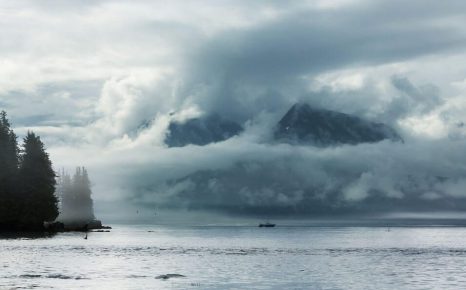
Fishing Disaster
I learned about the magnitude of the Gulf of Alaska as a youth in Yakutat when my father decided we would take up commercial fishing. He lost everything; boat, nets and almost his son. Commercial fishing is serious business in Alaska waters!,,, My father was a civilian contractor on the White Alice early warning system during this time in the mid-1960s,,,,As a youth who had attended 7th grade at Orah Dee Clark Junior High school in Mt. View, I was an angry kid. My father determined he needed to get his family out of Anchorage before I ended up in jail. My stepmother could not control me while Dad traveled the state working at the various sites. by Donn Liston>click to read<07:47






